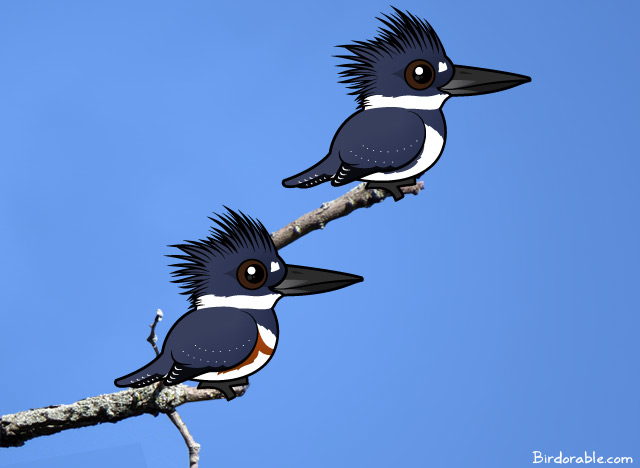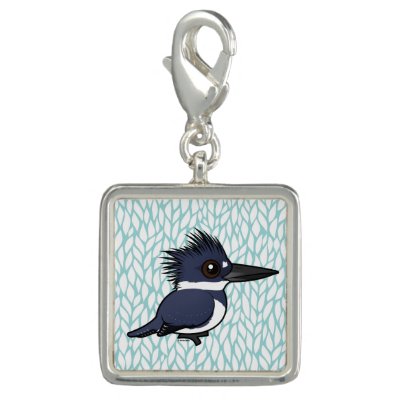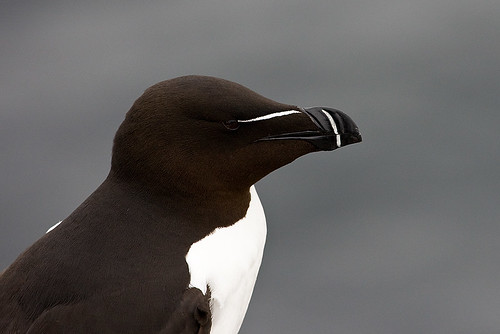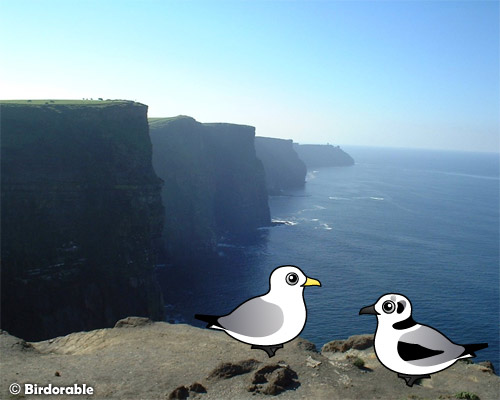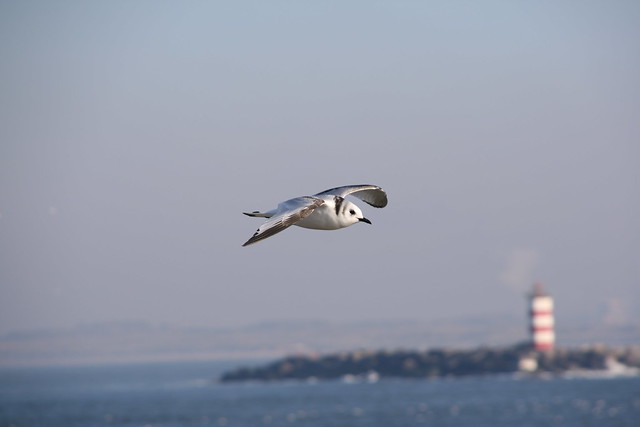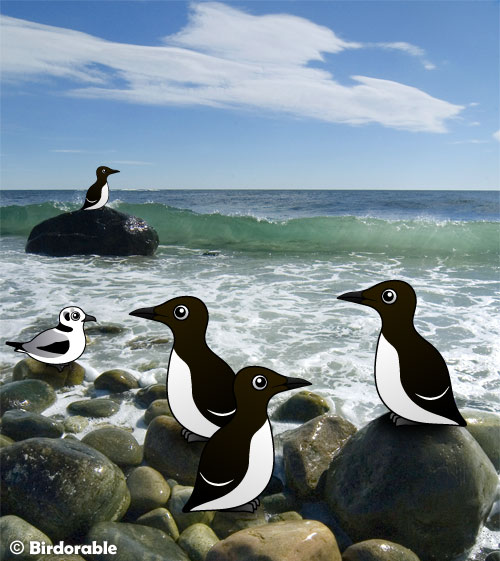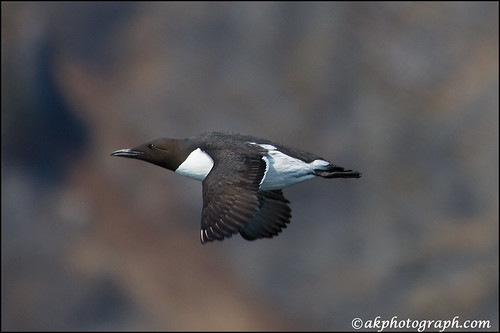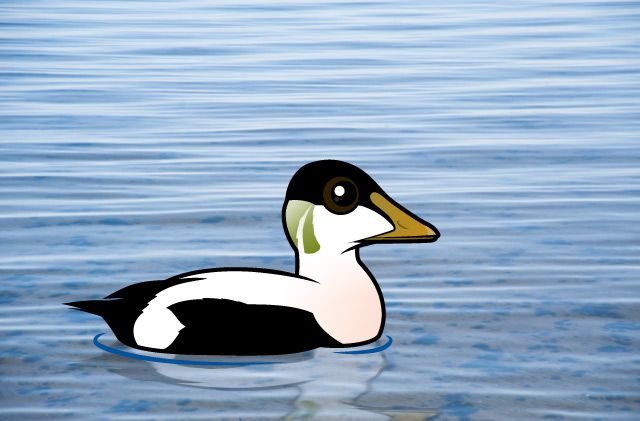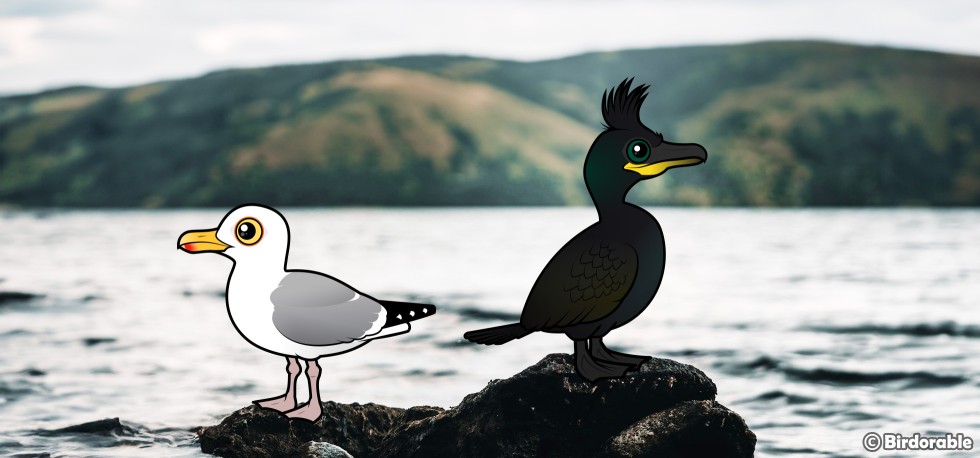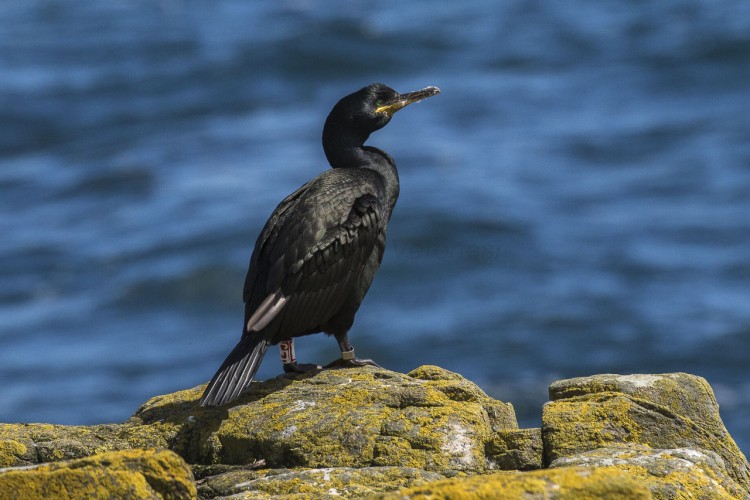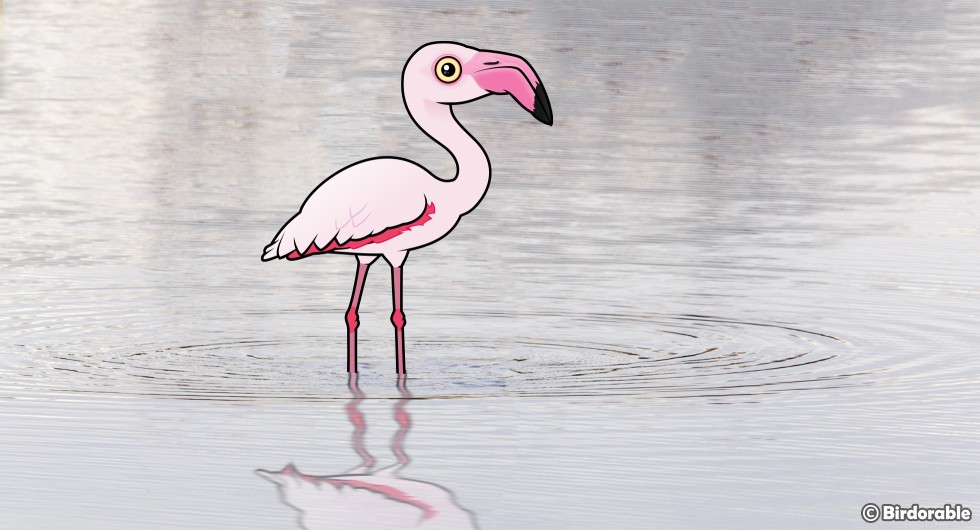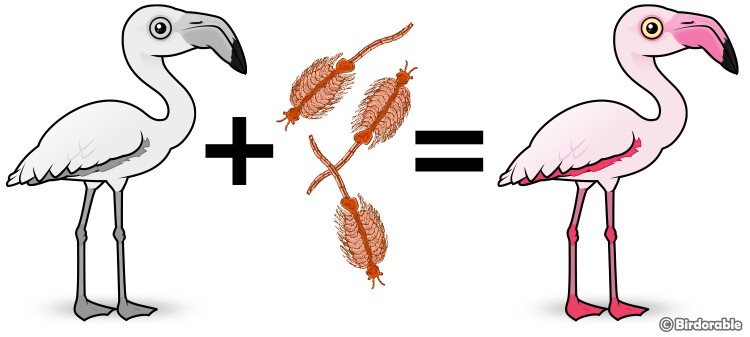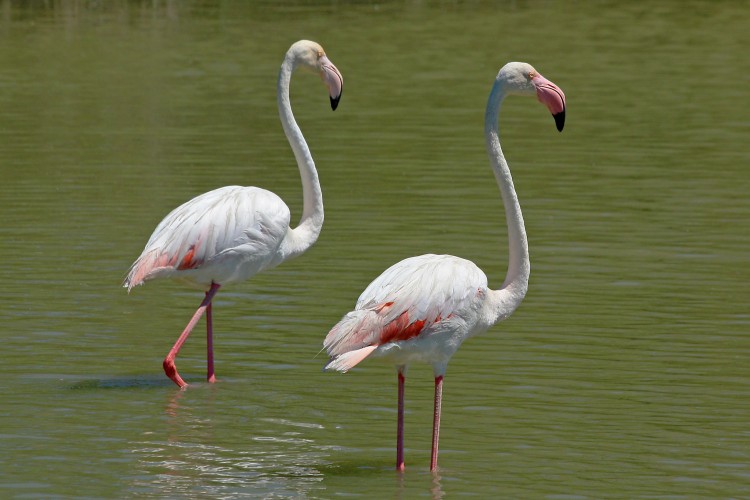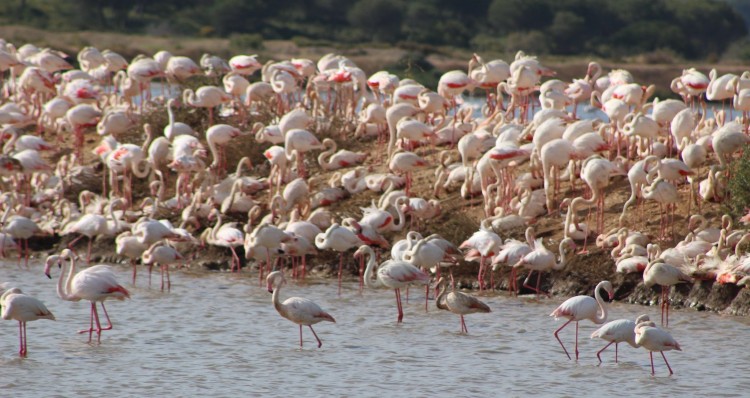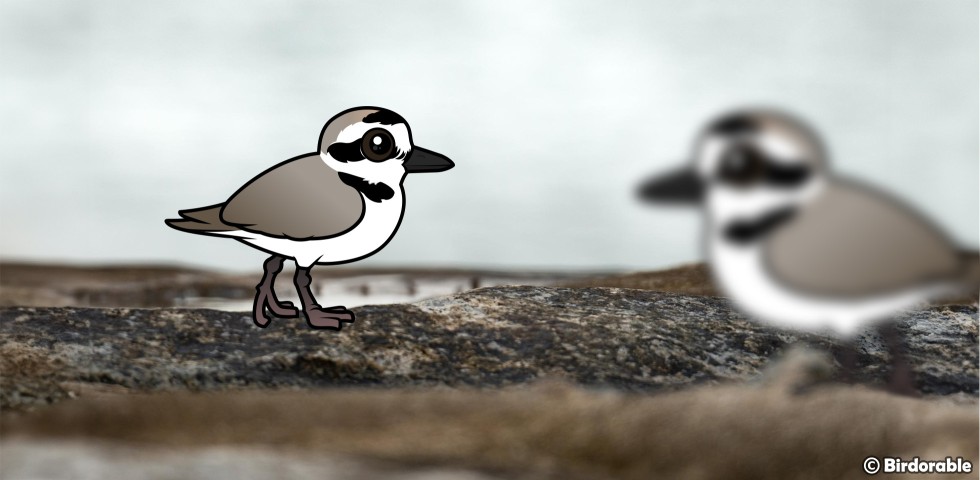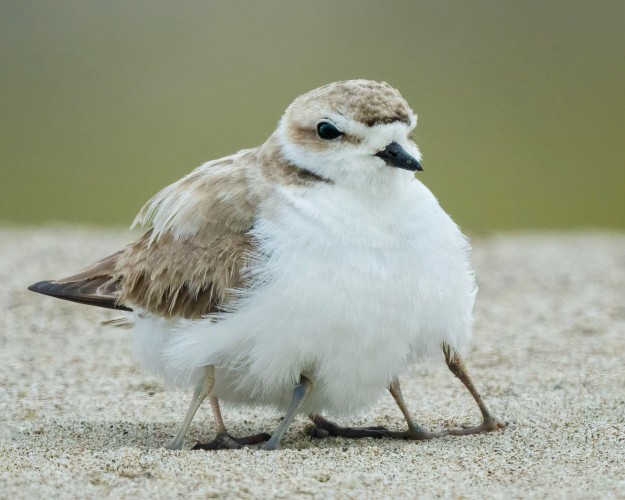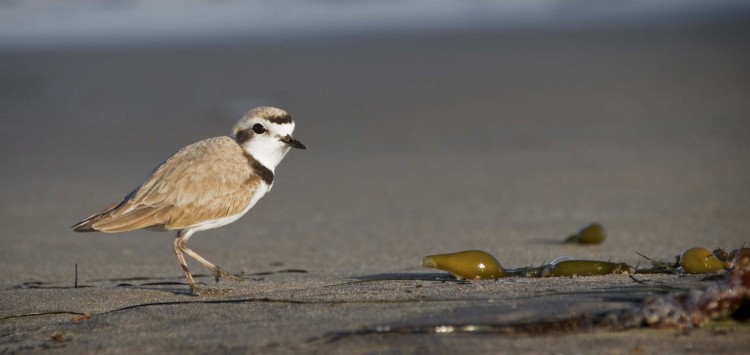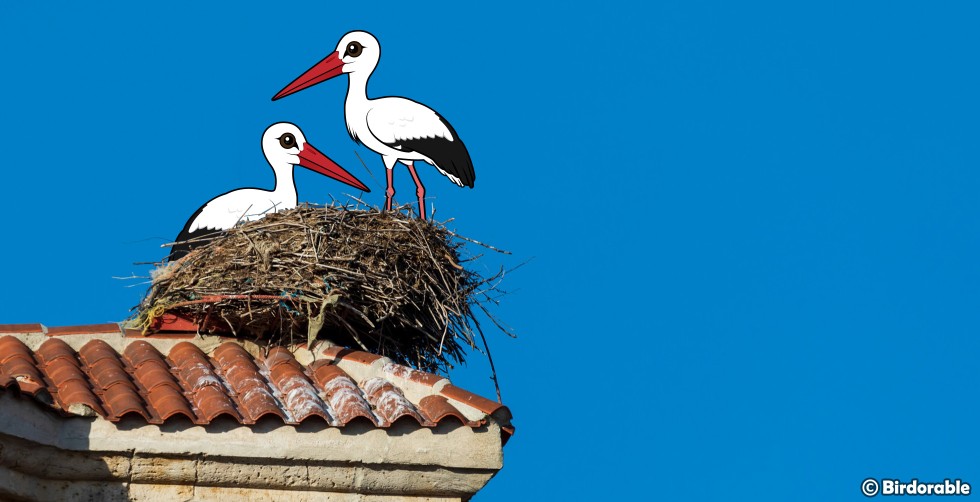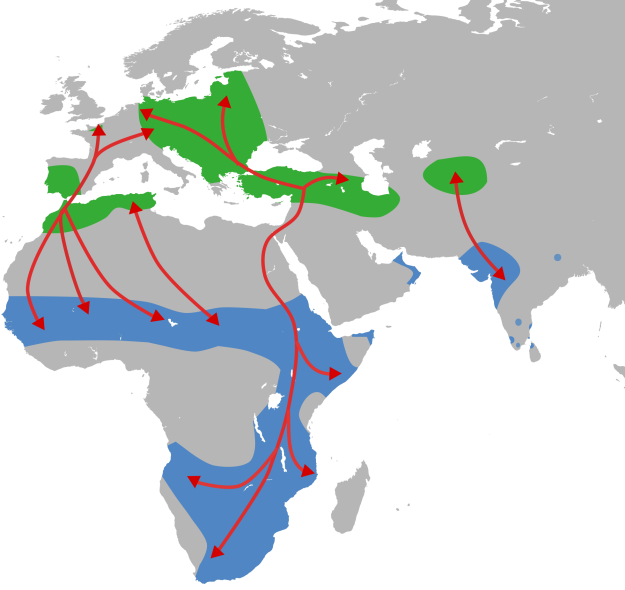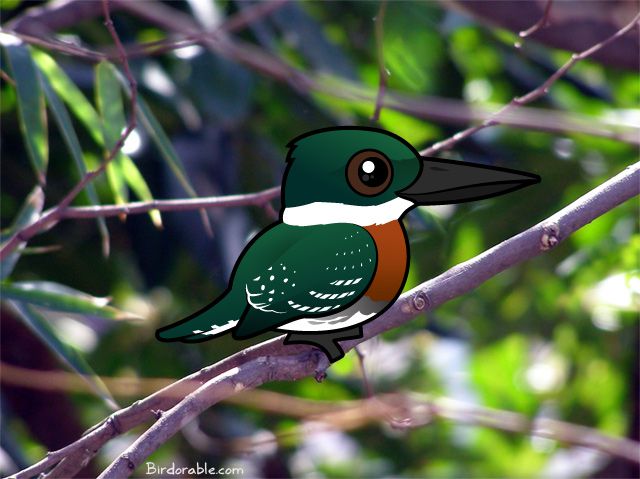
The Green Kingfisher is one of three kingfishers found in the United States, but at 7.5 inches long it is much smaller than the Belted and Ringed Kingfisher. It is also very rare in this country and can only be found in the south of Texas. It lives throughout Central and South America as far south as central Argentina.  Unlike the other two kingfishers, Green Kingfishers also fly low over the water's surface and can be found perching on low branches. The Green Kingfisher was first described in 1788 by the German naturalist Johann Friedrich Gmelin (pictures right), who gave it the latin name Chloroceryle americana. Here's a picture of a female Green Kingfisher, which lacks the broad chestnut breast band that males have, like the one on the mangrove in the picture above.
Unlike the other two kingfishers, Green Kingfishers also fly low over the water's surface and can be found perching on low branches. The Green Kingfisher was first described in 1788 by the German naturalist Johann Friedrich Gmelin (pictures right), who gave it the latin name Chloroceryle americana. Here's a picture of a female Green Kingfisher, which lacks the broad chestnut breast band that males have, like the one on the mangrove in the picture above.

Unfortunately I have never seen a Green Kingfisher. Have you?



